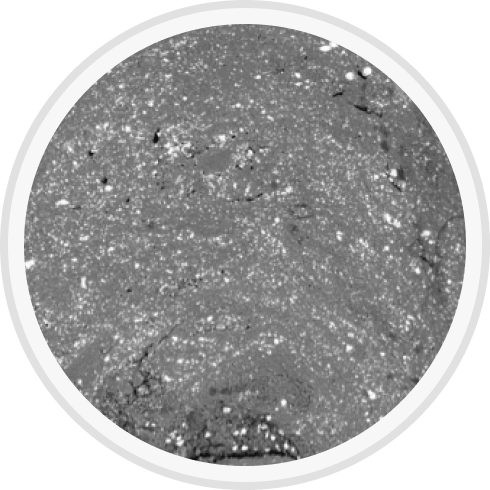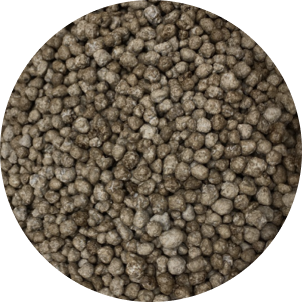Soybeans get all their nitrogen from biological nitrogen fixation, and generally do not benefit from fertilizer applied nitrogen. Sulfur deficiencies are starting to show up in the United States but are very common and more severe in areas like Brazil where most of the global soybean production is located.
Sulvaris recently produced a phosphorus+MST product with the analysis 0-40-0-10S in pilot trials. This product will be valuable for soybean production since it does not add unnecessary nitrogen like MAP or DAP-based fertilizers. The small particle size of MST ensures rapid oxidation and availability for plant uptake, while minimizing loss of nutrients due to leaching. Furthermore, the high nutrient analysis profile of the product means significantly less product being applied to fields compared to conventional blends of TSP and SSP and allows for both P and S to be delivered to the crop in the same granule of a single product.
The picture below shows average soybean yield from 6 field trials in Indiana on soils with demonstrated sulfur deficiencies, showing the sulfur benefit of co-granulated P+S fertilizers. All nutrients are balanced between treatments except no sulfur is added in the control.










